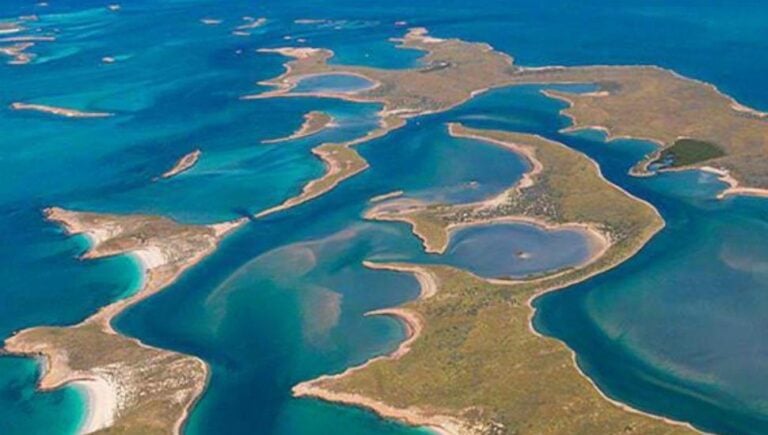If you’re planning a trip to Western Australia, it might be a good idea to avoid the Montebello Islands for a while.
As reported by news.com.au, a local PhD student has discovered that the tourist destination still carries a “radiation risk” seven decades after it was used as a nuclear test site.
Back in the 1950s, the British used the Montebello Islands as a base for several nuclear tests, named Operation Hurricane.
“More than half a century on, marine scientists have discovered there remains a radiation risk to marine life and tourists,” Edith Cowan University PhD student Madison Hoffman’s lengthy study confirmed.
That’s bad news for the many tourists who like visiting the Montebello Islands for its natural beauty and divine and snorkelling opportunities.
Due to the elevated radiation levels, visitors are being discouraged from being on the islands for more than one hour a day.
The exact level of danger posed to humans by the radiation hasn’t been confirmed yet, but Hoffman told news.com.au that this could be determined very soon.
“We don‘t quite have an answer for that yet, but we’re hoping over the next two years that we’ll be able to put a number to the potential risk,” she explained.
The radiation also poses a threat to the islands’ local wildlife, which consists of over 450 species of fish, 630 types of molluscs, and 170 varieties of starfish and sea urchins.
“We don’t know what positive or negative effects of the radiation will be, it’s a first-of-its-kind study so we need to walk before we can run,” Hoffman explained.
So if you fancy snorkelling in WA, it’d be wise to pick somewhere other than the Montebello Islands until 2024 at the very least.
A comparative place would be Chernobyl, which was eventually deemed to have radiation levels within a healthy range, which meant it was safe for bold tourists to visit.
For more on this topic, follow the Travel Observer.


































